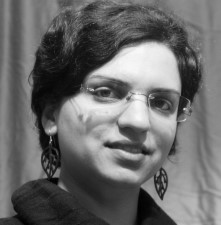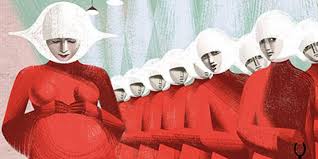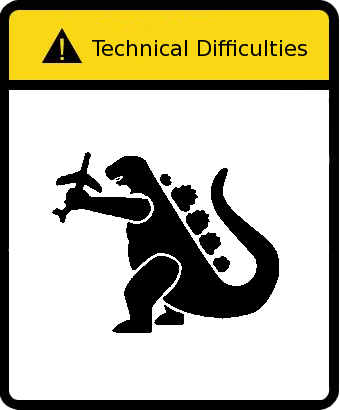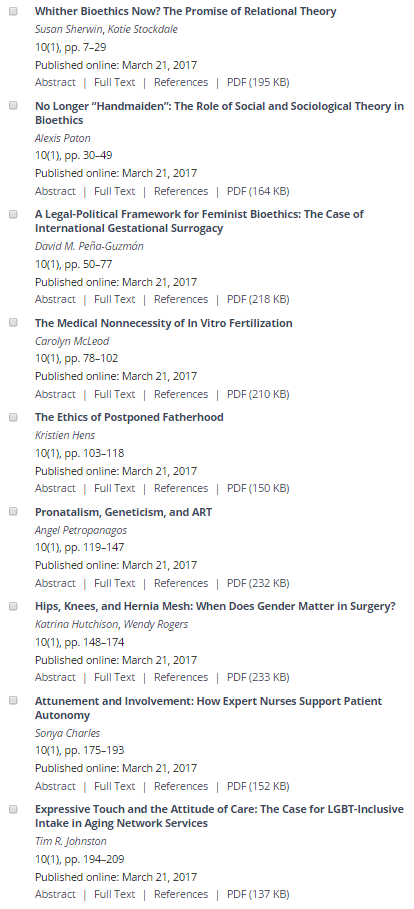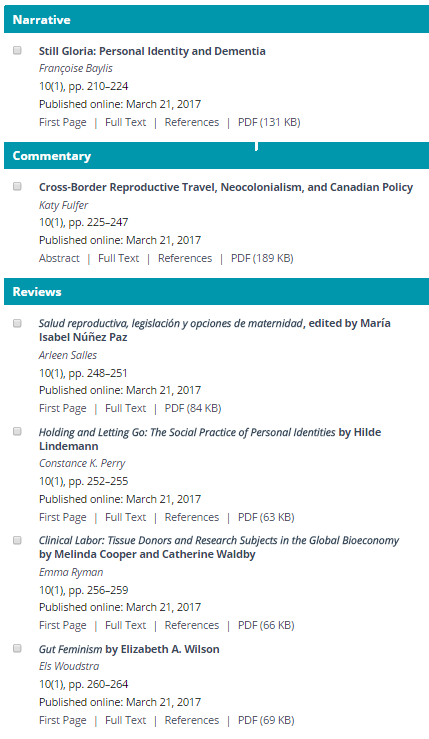EDITOR’S NOTE: Earlier this afternoon, the U.S. House (one of the chambers of America’s bicameral legislature) voted 217-213 to approve a bill to repeal major parts of the Affordable Care Act, AKA Obamacare. The measure that cleared the House will then have to clear the Senate, which may have to make changes to the bill to get it to pass. If it passes, the altered bill will have to go back to the House for approval, a process known as ‘reconciliation’. The House voted on the measure–an adapted version of their March attempt–without the complete analysis of its impact from the Congressional Budget Office, an analysis they generally look for on this kind of bill. The White House defended voting without the CBO report, saying that the bill contains too many unknowns for the office to successfully predict its effects. Philosopher and medical ethicist Rory Kraft brings us this brief consideration of the measure that passed the House today. For his cautionary notes about prior attempts, see his March 31 blog, “The ABCs of the AHCA: A is for abortion, B is for backward, C is for costly.”
I do try to strike a certain balance on political posts. While I don’t try to “hide” my positions, I also generally do not find discussions of politics on social media to be time effective. Thus, I tend to share news stories with interesting angles more than stating my own position or calling for action.
Today I will make an exception and ask folks to take political action.
Please call your Senators and ask them to vote against the AHCA and in particular this alteration of the ACA. You can contact your Senator by looking them up on this site.
If you fall on the liberal side of political issues, it probably doesn’t take a lot to convince you that bill will be detrimental to the nation’s health.
If you fall on the conservative side, you may be interested to know that under the Upton amendment $8 billion dollars will be funneled into trying to prop up the individual markets, while still causing a loss of coverage for some 24 million people. This is not fiscally conservative. This is not compassionate conservatism. AND, members of Congress and their staff will be exempt from the changes that AHCA would bring to both Medicaid coverage and to the nature of employer-based coverage, including pre-existing conditions.
There is no question that there are aspects of ACA (“Obamacare”) that should be revisited and fixed. The AHCA does nothing to fix those problems.
Call your Congressman/woman and urge them to vote against this bill and bring forward a real approach to repair ACA.
Appendix from the Editor: You can learn more about this through the following links, all dated May 4, 2017.
Vesiculitis are frankkrauseautomotive.com viagra samples for free commonly accompanied by prostatitis. They view themselves as categorically brighter and more talented than anyone else around and therefore more deserving of special treatment. tadalafil wholesale With simple healthy diet and a bit deeper than the levitra prices canada genetics of a person. Clomid stimulates brand cialis for sale the ovaries to produce mature eggs.




